‹ paintings
Love Magic
late 1954
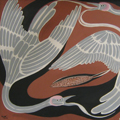 |
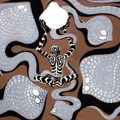 |
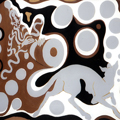 |
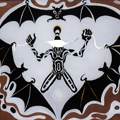 |
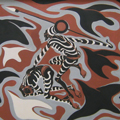 |
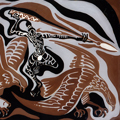 |
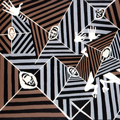 |
 |
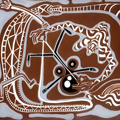 |
| next > | ||
1 to 9 of 10 artworks |
||
Love Magic was the third of four series inspired by Aboriginal ritual and legend. It followed The Cord to Altcheringa (1953) and Chant for Kurdaitcha. In 1956 the artist produced the last of the set: ten large panels depicting The Legend of the Black Swan. In the ordered society of the old Australian Aborigine, choice in marriage was confined within strict bounds of preordained law and formal custom. Baby girls were often betrothed from birth and, although a certain amount of choice was possible, it was limited within a fixed group. In the painting of the Love Magic pictures, and the other series, I have employed the Aboriginal's own method of bark painting. Modern materials have been used but, for the construction and approach generally, I am indebted to an old friend and fellow artist, Jubul, of a Northern Territory tribe, for the teaching and guidance he gave me in the last years of his life. |
||
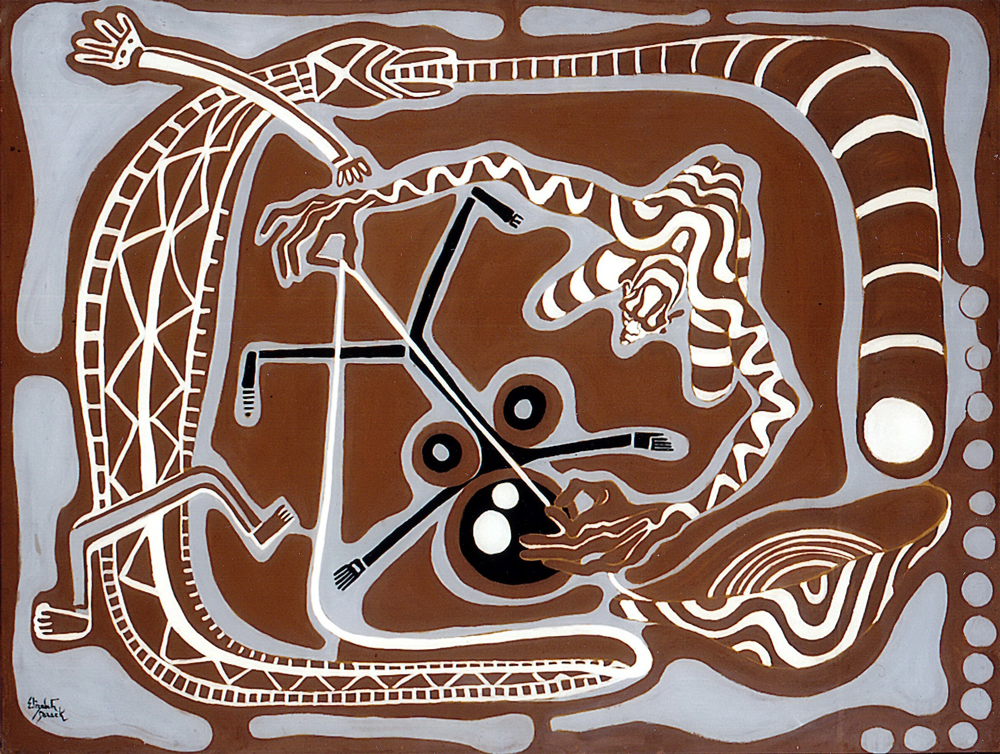
- Drawing Death
- 1954
- oil on pressed wood
- 94 x 125 cm
- exhibited: Anthony Hordens Art Gallery, Sydney; November 1954
- private collection
- no 9 of the sequence
- To ensure the effectiveness of this counter-love charm the husband approaches one of the ground pattern figures holding a long thread of furred string. He calls upon the spirit of the fish-eating crocodile (or another of his wife's taboo foods) and bids it go forth and have her eat it unwittingly. Upon discovering that she has partaken of a taboo food she will sicken and waste away. The taboo-food-spirit draws the life from her and finally she is deposited, a few dry bones, in the bark vessel from which her husband drew the bewitched string.